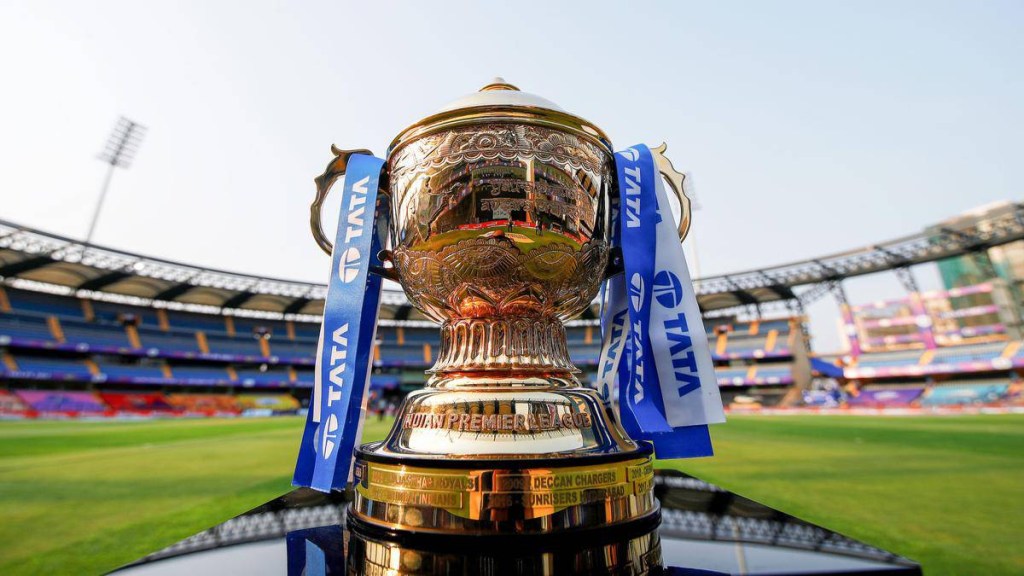By Pradeep Seshadri
It’s Indian Premier League (IPL) season and millions of viewers across the country are logging onto streaming services to watch their favourite teams play. In the first six days of the season, 200 million IPL viewers flocked to streaming platforms and 73% of them digitally tuned in to watch cricket matches.
With traffic volumes increasing, the pressure is on for live streaming services to provide reliable coverage around the clock without disruption. With the potential for viewers to encounter slow performance, latency, and lower video quality, ensuring a positive user experience is crucial for streaming providers all year around, especially during live sporting events.
Why can UX be poor during live sporting events?
It’s exciting to log on and watch live sports when we can’t be there in person, but this excitement can be replaced by frustration when we experience slow loading times that cause us to miss crucial match moments. Rebuffering can impact viewer time and therefore the user experience and in a country where cricket is like a religion, this has the potential to be seriously frustrating. Latency can also impact live streaming events like the IPL, and result in viewers leaving a live stream. Globally, 47% of customers have said they will leave a platform that takes more than two seconds to load. These disconnects occur involuntarily from a stream when some part of the technology stack fails to deliver expected signals, creating a failed network connection.
As IPL is among the most-watched sporting events in India, many people tune in across multiple devices — be it the TV, tablet or mobile phone, which causes higher than usual traffic volumes and high traffic loads. Poor network connectivity or concurrency challenges can cause slow load times, impacting streaming image quality during peak demand periods. Additionally, live streaming services that aim to deliver content localisation can override existing user-set preferences. For example, when users travel between states and their device picks up this change in location, the regional language can also change, despite preferences being set otherwise.
Why IPL streaming services need full-stack observability
Delivering consistently exceptional user experiences is key to success but also challenging as many streaming platform providers need help knowing whether the technologies in use are fully operational. Traditionally, their tech stacks consist of disparate technologies producing different sets of data, leading engineers to correlate issues between disconnected metrics and logs. If the streaming service is using multiple solutions to monitor different aspects of the service, manually logging all the data from different technologies becomes time-consuming, making troubleshooting highly challenging.
When operating a live stream, businesses need to be able to see the health of the overall broadcast, while identifying, troubleshooting and fixing an issue proactively. It requires backend teams to conduct detailed tracing and logging; gather snapshots based on predefined criteria from monitoring software, and comb through time-stamped events to understand what went wrong. Using separate technologies for different purposes only adds to the complexity and doesn’t solve the problem of poor user experience, with issues taking a long time to resolve.
All-in-one observability solutions identify the root cause of performance problems, enabling engineers to speed up the troubleshooting process and resolution times. The right tool can analyse key metrics in one place, reducing costs, improving performance and leading engineers to fix load issues in real-time. Full-stack observability proactively looks for issues such as high latency, loss of connectivity and buffering; ensuring that teams have immediate visibility and can prevent user attrition.
By ensuring high-quality, uninterrupted viewing of the country’s favourite sporting events, OTT service providers can deliver the best possible customer experience and maintain and grow their viewer base, all while directly impacting their broader success in the competitive digital media market. More than just monitoring, observability offers valuable data that streaming services can use to optimise various aspects of IPL live streams. This includes streamlining workflows, improving resource allocation, and enhancing CDN performance.
The author is the director, solutions consulting, India, New Relic

